.png)
Hopefully, we have all used the cold, bleak winter days to plan our displays for this year and order our seed and plants accordingly. Looking at the catalogues and websites there is certainly plenty that’s new and exciting to whet our appetite for this summer!
For the last few years, the RHS has made much of the need for sustainability in gardening, prompted of course by concerns regarding climate change. Gardeners of course can play their part by realising just how much they can do to assist the drive for ‘carbon capture.’
Our lawns, trees and shrubs are particularly important as is the avoidance of too much ‘hard landscaping.’ Concrete or paved driveways and patios may be labour saving, but sadly they do not help in protection our environment!
At the breaking of the new year came news of a new government policy of paying subsidies to farmers in ‘re-wilding’ some of our less productive farm land. If you have the room, why not consider doing your bit but by planting an additional tree or maybe a shrub in the garden or perhaps sowing some wild flowers to encourage pollinating insects.
Every little helps!
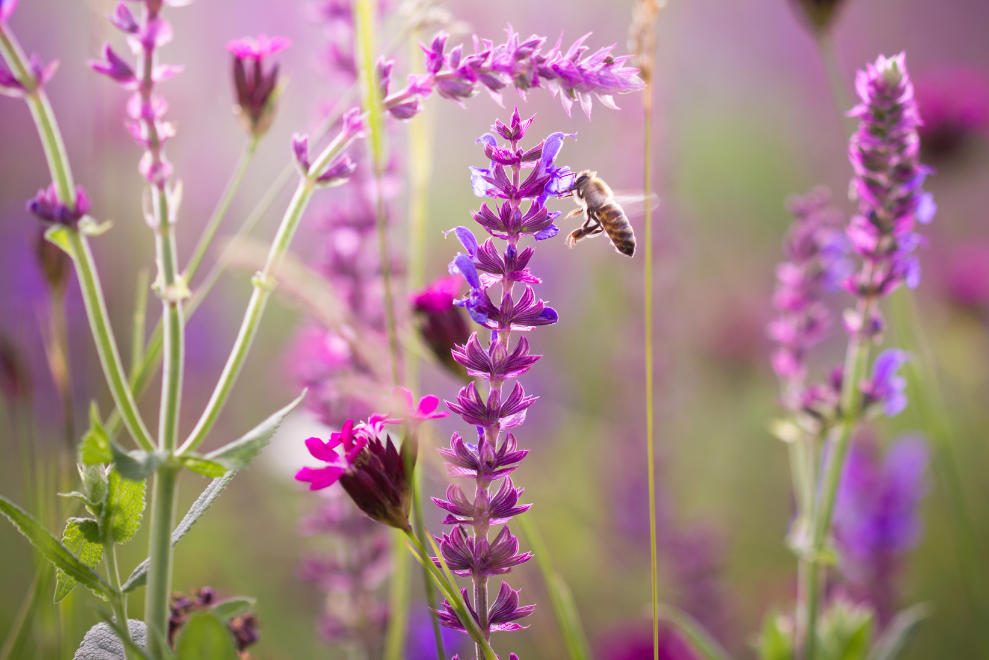
So what about this year. Let’s take a look at our gardening tasks for March:
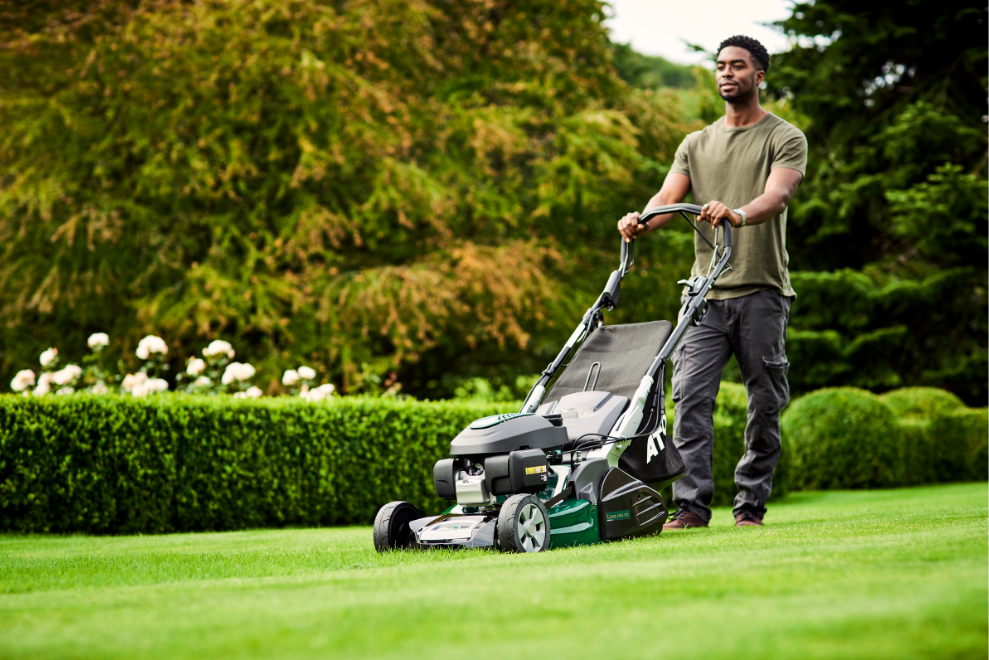
LAWNS
As the temperatures rise, lawns can be mown more frequently in dry weather with the mower cutter on a high setting as long as frost is not forecast. (2.5cms – 1” is ideal)
Preparation can begin for new, spring sown lawns and turf too can be laid in good weather, avoiding frosty spells. Should you be sowing a new lawn, or indeed choosing turf, you should consider how you will use this new facility. Do you want a hard wearing lawn for youngsters to enjoy their sporting activity, or a highly ornamental surface to be the envy of the neighbourhood?
You may not be aware, that you can improve an existing lawn at this time by ‘oversowing’ with a quality grass seed mixture.
Moles become more active in March and mole hills of soil may then appear. Rake these level and then go over the rest of the lawn with a ‘spring tine’ rake to remove ‘thatch’ and other debris and aerate the soil surface.
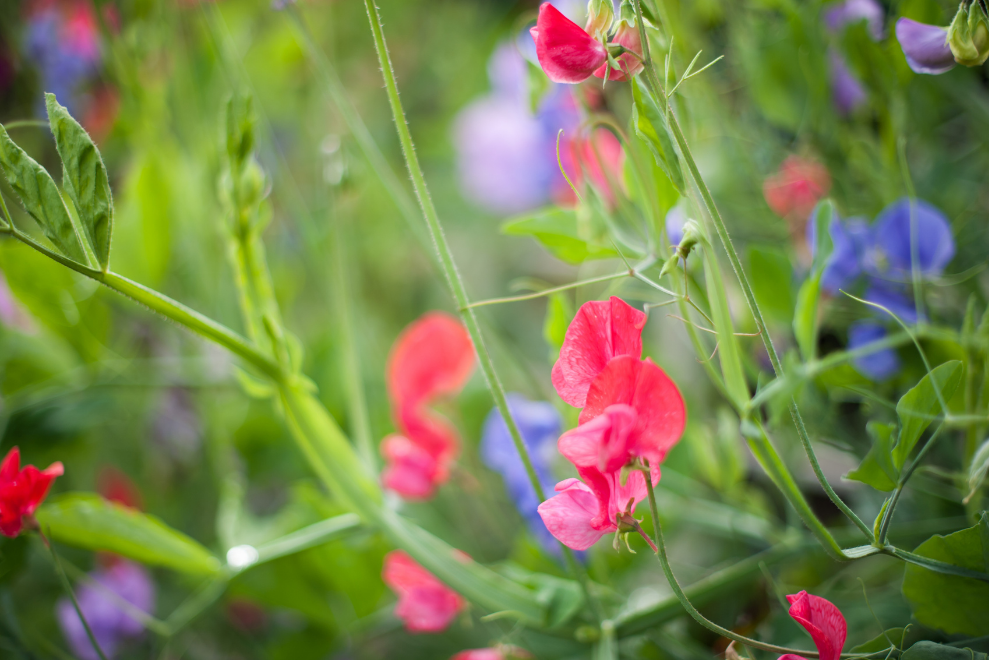
FLOWERS
March is very much a ‘change over’ month in the year with some work on existing garden plants and the remainder spent on creating new displays for this year.
Late in February/early March the flowers of snowdrops and aconites flower and fade – it’s a good opportunity to lift some established plants, split them up and spread the community!
Provide spring colour by planting up patio containers with pansies, polyanthus, wallflowers and myosotis.
It’s peak time for sowing annuals/perennials in a heated greenhouse or conservatory for those plants needing a long growing period before they will flower. Begonias and geraniums may already have been sown, but there’s still time. Antirrhinums cosmos and dahlias, impatiens and marigolds – you will be kept busy!
Sweet peas are always an essential for their delightful scent. Again there is still time to sow, but use deep pots, they like a long root run.
As March progresses and the soil warms up, sowings of hardy annual flowers direct into the garden soil can begin. These probably represent the quickest, easiest and most economical way to fill you garden with colour.
Begin planting summer flowering bulbs, corms etc. in pots for the patio. Plants like begonias, dahlias and lilies are ideal.
Cut back fuchsias overwintered inside and remove yellowing leaves to keep the greenhouse free of pests and disease and clean and tidy.
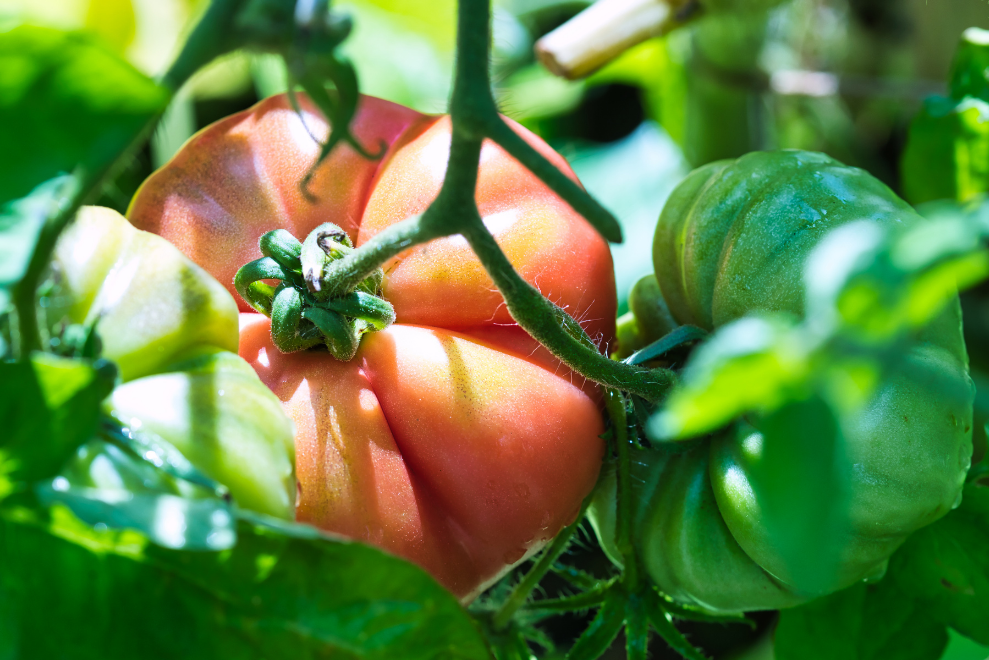
VEGETABLES
Tidy up existing vegetable plots where plants have overwintered, removing faded or diseased leaves.
Begin ‘chitting’ second early and maincrop seed potatoes, standing them on end in trays in a dry conservatory or greenhouse to burst into growth.
If you have a patio and not much border space, consider investing in ‘raised beds’ for earlier crops and easier management. There are many kits available, though it is quite easy to make your own if you have the time.
It’s time to sow early tomatoes, chilli’s, sweet peppers and aubergines. There are lots of new ones to tempt you in the new seed catalogues. Try beefsteak type tomato, Burlesque.
Some ‘beefsteak’ varieties lack taste, but not this new British-bred variety.
Add plenty of compost or well-rotted manure to your veg plot and add lime if your soil is acid in nature. (you can purchase low cost kits for testing this in your garden)
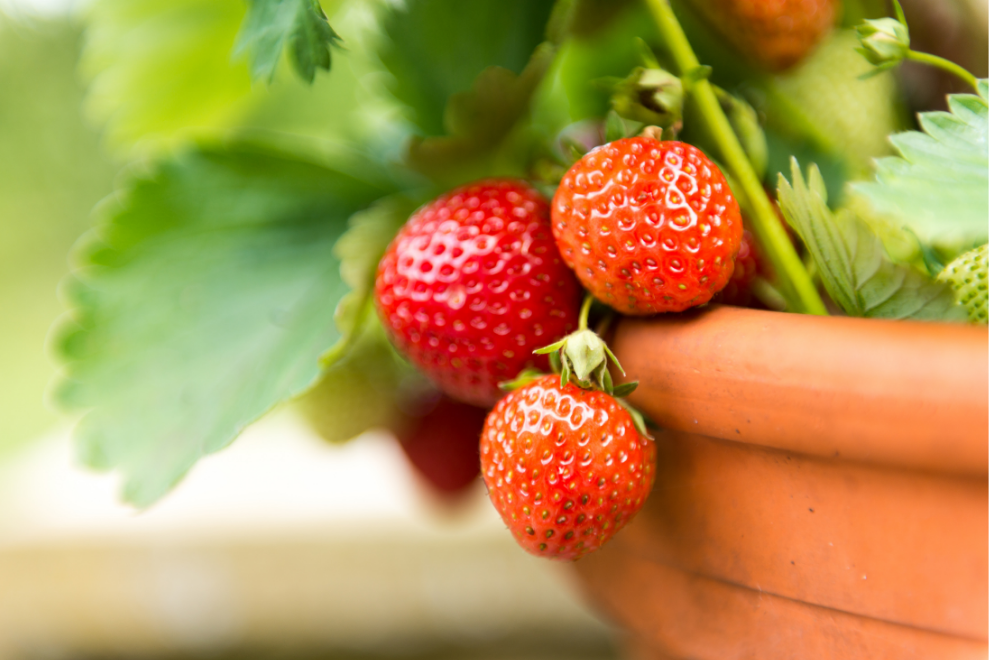
FRUIT
Continue to prune top fruit whilst the trees are dormant, removing dead/diseased wood and opening out the tree centres to allow more air movement and reduce pest and disease problems.
Cane fruit – complete pruning of currants, gooseberries and autumn fruiting raspberries to improve crops this year.
Plant bare-root apples, pears etc. in frost-free soil. Make sure you water well in a dry spring.
Towards the end of the month when apricots, nectarines and peaches come into bloom you may need to protect the blossom with fleece if frosts are forecast.
Plant new rhubarb crowns or split existing ones if they are becoming overcrowded.
Pot up a few strawberries for early fruiting under glass. It’s a great way of extending the strawberry season.
Cover some outdoor strawberries with cloches or fleece to advance fruiting.

SHRUBS
Prune late and autumn flowering clematis and winter flowering shrubs such as winter jasmine and mahonia as they finish flowering.
Apply slow-release fertilizer around roses and shrubs, ready for the new season.
There’s still time to prune rhododendrons, roses etc. whilst plants remain dormant.
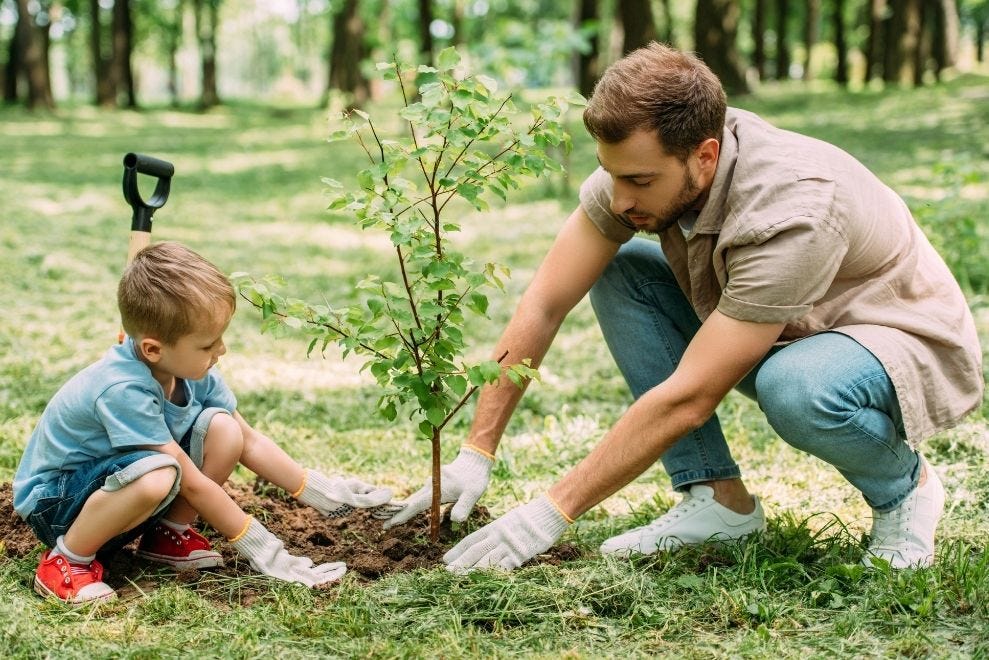
We began our review of February by talking about climate change and carbon capture and have made reference here again in March. Currently, there is much discussion on tree planting. Perhaps your garden is too full to contemplate planting another tree? Well then, why not consider commemorating the life of a departed loved one or celebrate the arrival of a new family member in 2022 and help sustain future generations by funding a planting? Contact the Woodland Trust for further details.
That's it for March - see you in April for all your gardening jobs as things get going in the garden!

